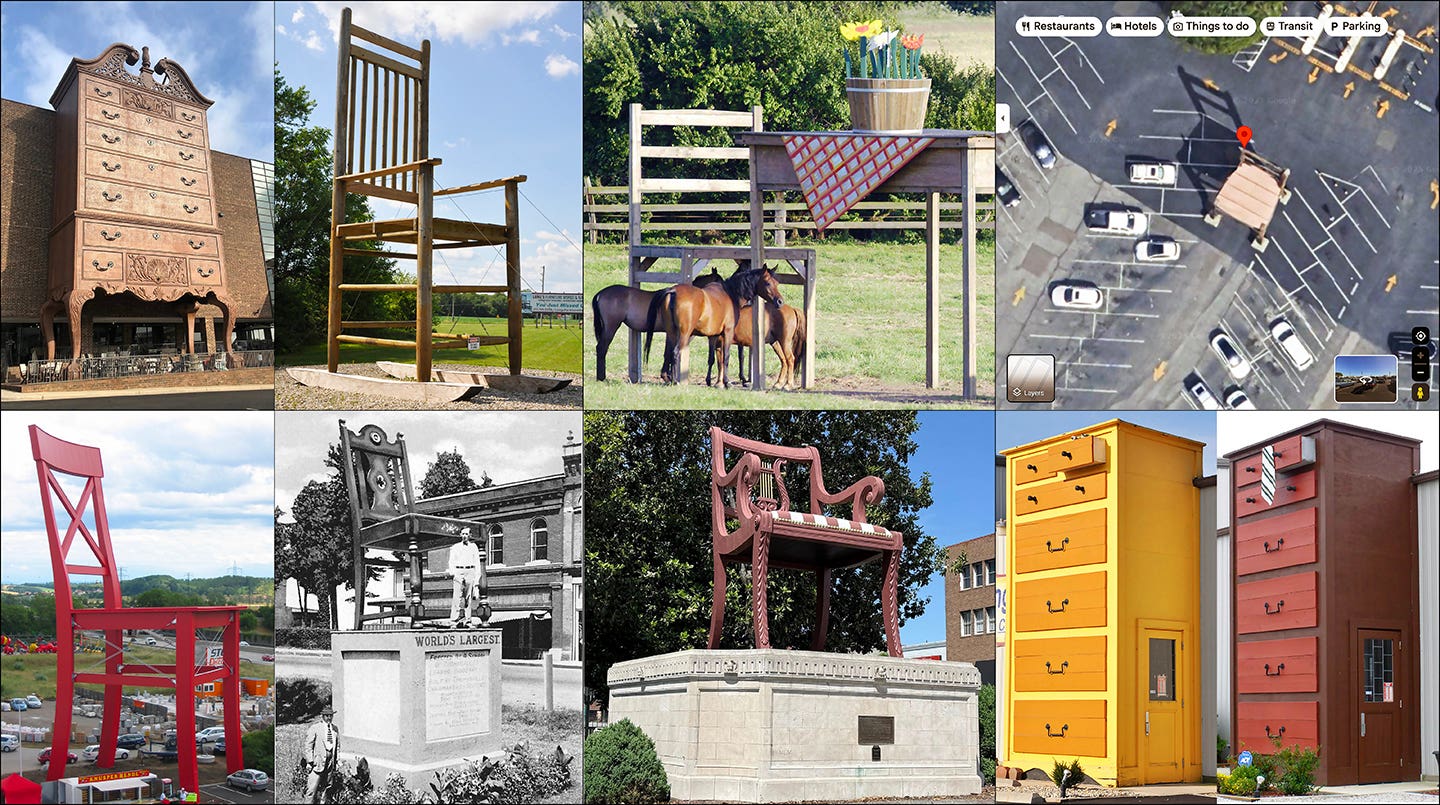Pricing dilemma
Art or craft item? It’s an age old dilemma for all makers. And while there are many aspects to this question, pricing is one of the most important. An object…
Art or craft item? It's an age old dilemma for all makers. And while there are many aspects to this question, pricing is one of the most important.
An object sold as a craft item can be expected to bring a certain price. That same object presented in an art gallery as a sculpture or an art object can fetch a much higher price. In either case, it's a question of what the market will bear.
It's nice to see your work sitting under spotlights on a pristine white stand in a prestigious gallery with a big sticker price on it. But will it sell at that price? The same object sitting on a table at a craft fair and priced at one tenth of the gallery sticker might sell in a heartbeat. We have to decide whether it's better to sell fewer items at higher prices or run the risk of not selling anything even while a couple of hundred people see and admire the items, or to go for the higher likelihood of selling the item at a lower price in a less prestigious venue and at least going home with something.
Another thing to consider is that these venues are often mutually exclusive. Gallery owners are not fond of the idea of someone being able to buy the same items they are showing for you at a street fair for 10 percent of what they are attempting to get. Showing your work in these lesser venues might well preclude you from ever being accepted by a better gallery.
I hope you are not expecting a clear cut answer from me because I am faced with the same issues right now and it truly is a dilemma. Obviously, if I can get my work into a high-end gallery and get the high-end prices, I'm not going to cut my throat by undercutting the gallery. I guess I'm thinking I'll try to start at the top and work down rather than try to go the other way.
D.D.
David DeCristoforo possesses an extensive resume as designer/maker of fine furniture, high-end cabinetry and architectural woodwork. His experience in professional woodworking spans a period of 35 years. For the past 20 years David DeCristoforo Design has been located in Woodland, California. During this time David's shop has ranged in scope from a "full on" cabinet production shop with as many as 15 employees to a small fine furniture and custom millwork shop, working with his son, David RBJ, a highly skilled maker in his own right.







